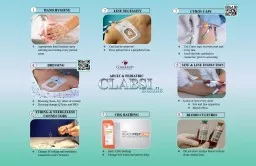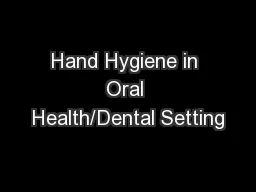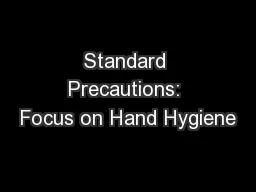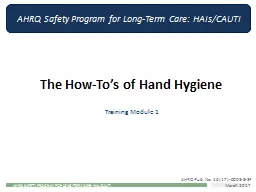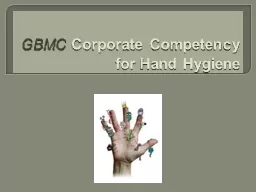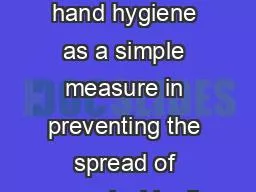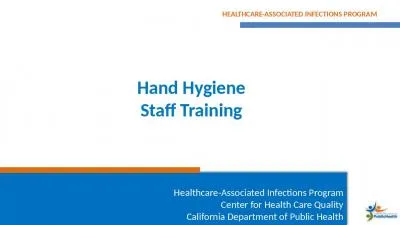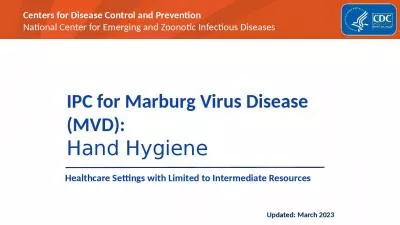PPT-HAND HYGIENE LINE NECESSITY
Author : phoebe-click | Published Date : 2020-04-09
Change IV tubing and needleless connectors every 96 hours Daily CHG bathing Change bed linens and gowns daily Do not draw routine blood cultures from central lines
Presentation Embed Code
Download Presentation
Download Presentation The PPT/PDF document " HAND HYGIENE LINE NECESSITY" is the property of its rightful owner. Permission is granted to download and print the materials on this website for personal, non-commercial use only, and to display it on your personal computer provided you do not modify the materials and that you retain all copyright notices contained in the materials. By downloading content from our website, you accept the terms of this agreement.
HAND HYGIENE LINE NECESSITY: Transcript
Download Rules Of Document
" HAND HYGIENE LINE NECESSITY"The content belongs to its owner. You may download and print it for personal use, without modification, and keep all copyright notices. By downloading, you agree to these terms.
Related Documents

